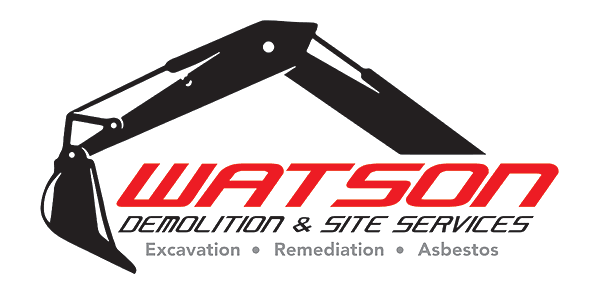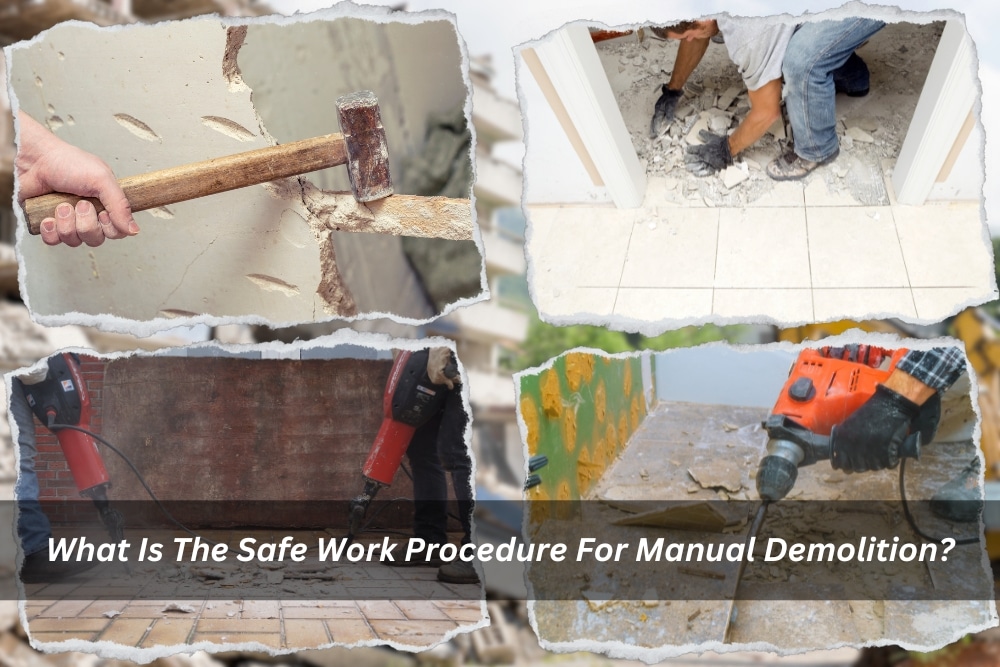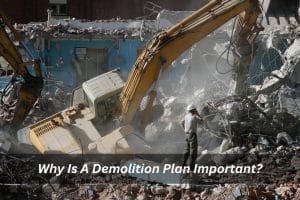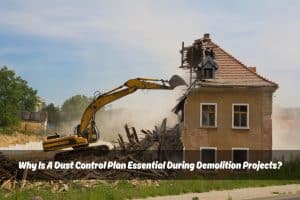Manual demolition, while sometimes necessary, can be a risky undertaking. Before taking a sledgehammer to a structure, it’s crucial to understand the safe work procedure for demolition. This involves planning, preparation, and following established protocols to minimise the chance of accidents and injuries.
What hazards should you identify before starting a manual demolition project?
The first step in any safe work procedure for demolition is hazard identification. A thorough inspection of the building is essential. Look for potential dangers like:
- Falling debris: Unstable structures or improperly removed materials pose a serious risk of falling and causing injury.
- Structural weaknesses: A compromised building frame can collapse unexpectedly.
- Electrical hazards: Live wires or faulty electrical systems pose a serious risk of electrocution.
- Hazardous materials: It’s crucial to assess asbestos before commercial demolition, as well as lead paint and other hazardous materials. These materials require special handling and abatement procedures before demolition can begin.
By identifying these hazards upfront, you can develop a plan to mitigate them and ensure worker safety.
When should you develop a safe work procedure for manual demolition?
A safe work procedure for demolition is not a suggestion; it’s a necessity. This procedure is a detailed plan outlining the steps involved in the demolition process while minimising risk. It should be developed before any demolition work starts.
The procedure should address all the identified hazards, detail control measures, and specify the personal protective equipment (PPE) required. Having a documented safe work procedure demonstrates a commitment to worker safety and helps ensure compliance with relevant regulations.
Who should be involved in creating a safe work procedure for manual demolition?
The safe work procedure for demolition should be created by a competent person. This is someone with the knowledge, experience, and qualifications to assess the risks involved in demolition and develop appropriate control measures.
The competent person should consult with the demolition workers themselves. Their firsthand experience with demolition methods and potential hazards is invaluable. Additionally, considerations should be made to adhere to all relevant Work Health and Safety (WHS) regulations in your state or territory.
How should you prepare a worksite for safe manual demolition?
Once the safe work procedure for demolition is finalised, it’s time to prepare the worksite. Here are some key steps:
- Secure the area: Erect fences or barriers to restrict access to unauthorised personnel.
- Disconnect utilities: Turn off and isolate all utilities like gas, water, and electricity to prevent leaks or explosions.
- Asbestos abatement: If asbestos is present, have a qualified professional remove it before demolition begins.
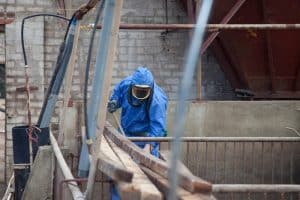
- Establish safe access points: Create designated entry and exit points for workers and equipment.
By taking these precautions, you create a controlled environment where demolition work can be conducted safely.
What personal protective equipment (PPE) is required for safe manual demolition?
Demolition work exposes workers to a variety of hazards. Proper Personal Protective Equipment (PPE) is essential to minimise the risk of injury. The specific PPE required will vary depending on the demolition project but generally includes:

- Hard hat: Protects the head from falling debris.
- Safety glasses or full-face shield: Protects the eyes from dust, debris, and flying particles.
- Respirator: Protects workers from inhaling harmful dust particles.
- Gloves: Protects hands from cuts, abrasions, and hazardous materials.
- Sturdy footwear: Provides good traction and protects feet from punctures.
Workers should be trained on the proper use and maintenance of all PPE.
Which safe work practices should you follow during manual demolition?
Following safe work practices during manual demolition is crucial. Here are some key points to remember:
- Use tools properly: Ensure workers are trained in the safe use of all tools and equipment used during demolition.
- Maintain good posture: Proper lifting techniques help prevent back injuries.
- Work with a buddy system: Having a partner allows you to watch out for each other and ensure everyone stays safe.
- Proper debris removal: Debris should be removed safely and disposed of appropriately.
By following these practices, demolition workers can significantly reduce the risk of accidents and injuries.
Why is communication essential during demolition?
Clear and concise communication is paramount during safe manual demolition. Workers need to be aware of each other’s activities and any potential hazards. This includes:
- Briefings: Before starting work, there should be a clear briefing on the day’s tasks, potential hazards, and emergency procedures.
- Signalling system: Develop a system of hand signals or verbal cues to communicate with each other, especially when working in noisy environments.
- Reporting hazards: Encourage workers to report any identified hazards immediately so they can be addressed.
Effective communication ensures everyone on the demolition site is aware of what’s happening and can react quickly
What should you do in case of an emergency during demolition?
Even with the best planning and procedures in place, emergencies can happen. Being prepared for unexpected situations is vital. Here’s what to do:
- Emergency plan: Develop a clear emergency plan that outlines evacuation procedures, first-aid protocols, and contact information for emergency services.
- First-aid training: Ensure all demolition workers have basic first-aid training to handle minor injuries.
- Fire extinguishers: Have readily accessible fire extinguishers on-site and ensure workers know how to use them.
By having a plan and taking these precautions, you can minimise the impact of an emergency and ensure the safety of everyone involved.
Conclusion
Following a safe work procedure for demolition is not just about ticking boxes; it’s about protecting yourself and your colleagues. By taking the time to plan, prepare, and follow established protocols, you can significantly reduce the risk of accidents and create a safer work environment for everyone.
Remember, a safe worksite is a productive work site. Workers who feel safe and valued are more likely to be focused and engaged in their tasks, leading to a more efficient demolition process.
Watson Demolition & Site Services understands the importance of safety in demolition projects. Our team of qualified professionals can help you develop a safe work procedure for demolition that meets all regulatory requirements. We offer a comprehensive range of demolition services, from asbestos removal to complete building demolition.
If you’re looking for a demolition contractor who prioritises safety, contact us today. We’ll be happy to discuss your project requirements and provide you with a free quote.
